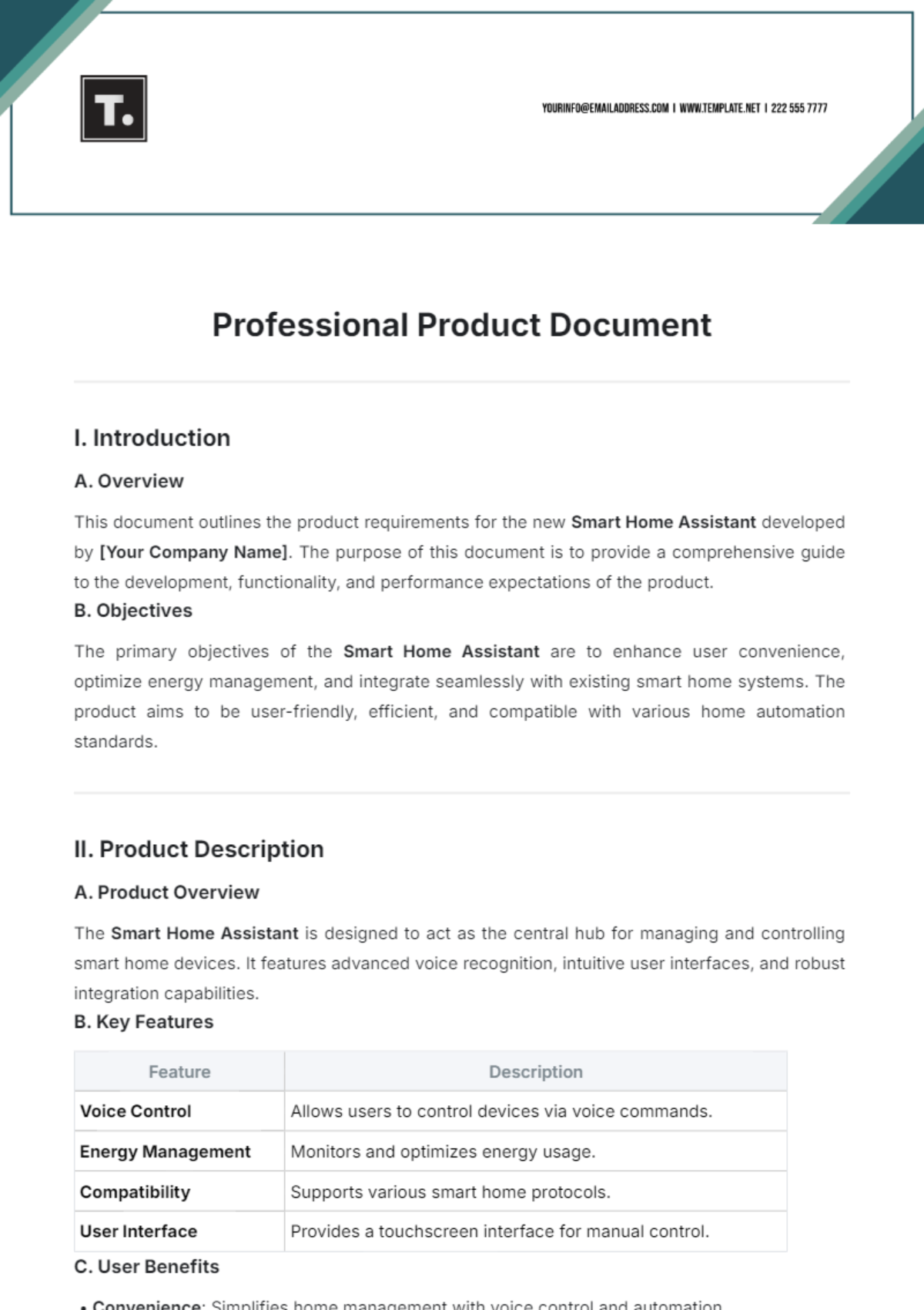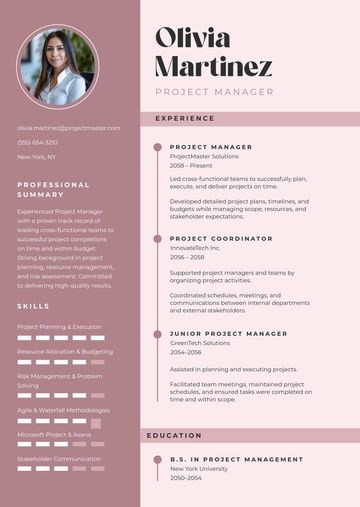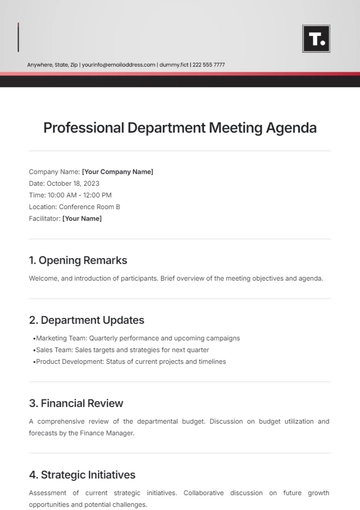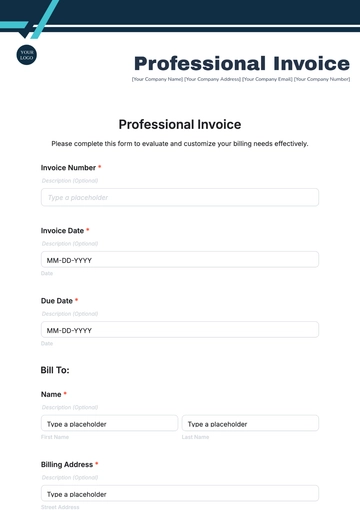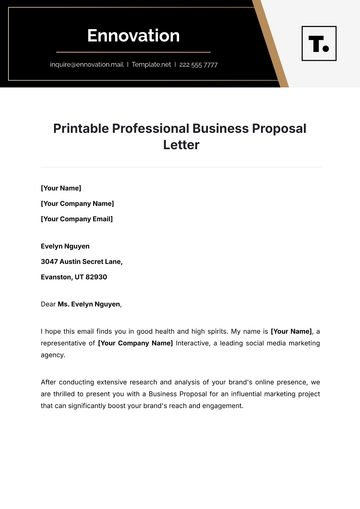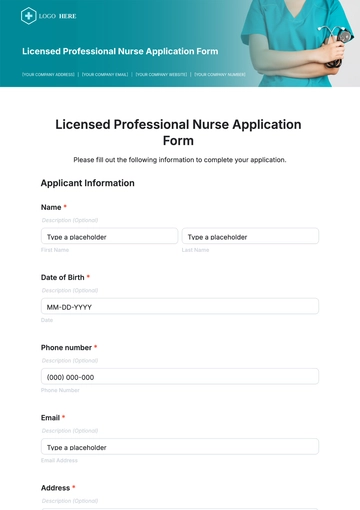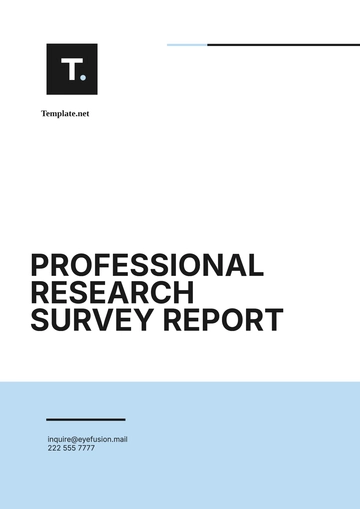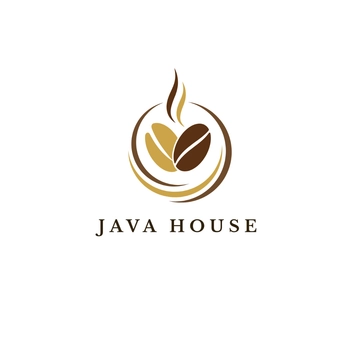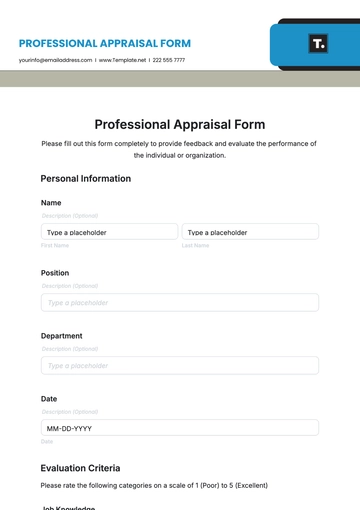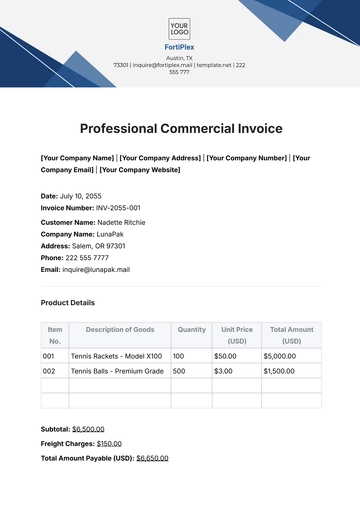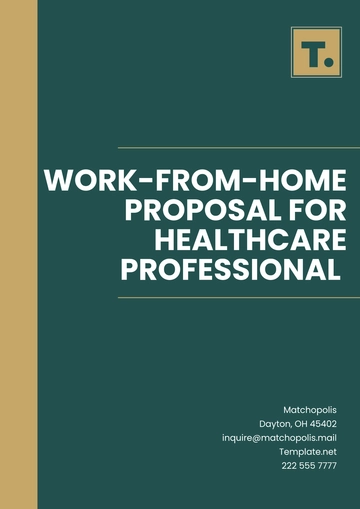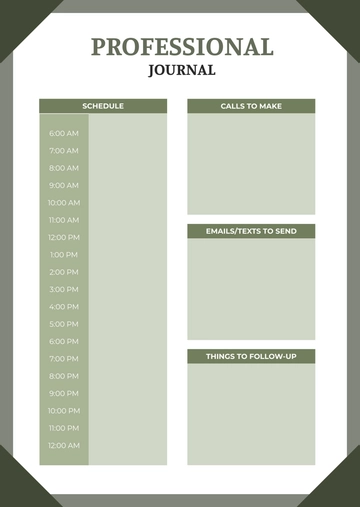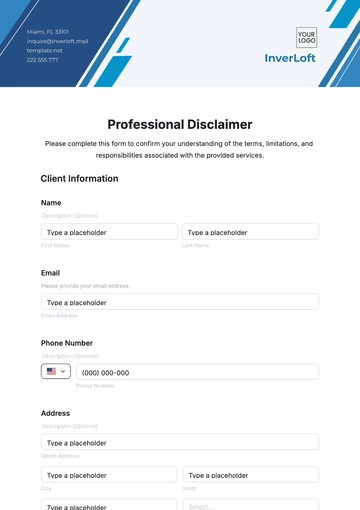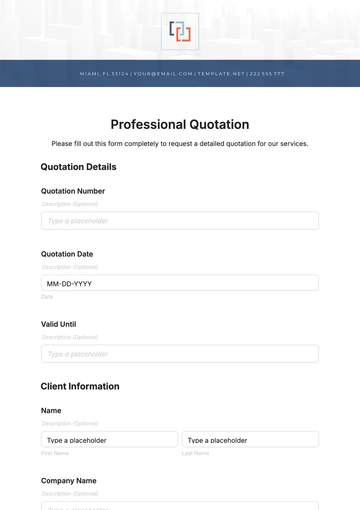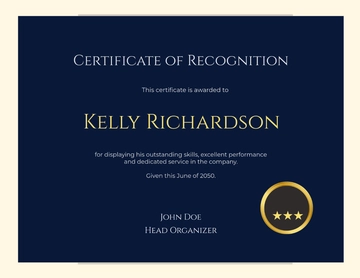Professional Product Document
I. Product Description
A. Product Overview
The Smart Home Assistant is designed to act as the central hub for managing and controlling smart home devices. It features advanced voice recognition, intuitive user interfaces, and robust integration capabilities.
B. Key Features
Feature | Description |
|---|
Voice Control | Allows users to control devices via voice commands. |
Energy Management | Monitors and optimizes energy usage. |
Compatibility | Supports various smart home protocols. |
User Interface | Provides a touchscreen interface for manual control. |
C. User Benefits
Convenience: Simplifies home management with voice control and automation.
Efficiency: Optimizes energy consumption and reduces costs.
Integration: Works with a wide range of smart home devices for seamless operation.
II. Functional Requirements
A. System Architecture
1. Hardware
2. Software
Operating System: Custom Linux-based OS
Voice Recognition Engine: AI-driven voice processing
Home Automation Protocols: Zigbee, Z-Wave, Wi-Fi
B. User Interface
1. Voice Interaction
2. Touchscreen
III. Non-Functional Requirements
A. Performance
B. Security
C. Compliance
Regulations: Meets CE, FCC, and RoHS compliance standards.
Privacy: Adheres to GDPR guidelines for user data protection.
IV. Implementation Plan
A. Development Timeline
Phase | Start Date | End Date | Duration |
|---|
Planning | 01/01/2050 | 01/15/2050 | 2 weeks |
Development | 01/16/2050 | 04/30/2050 | 3.5 months |
Testing | 05/01/2050 | 06/15/2050 | 6 weeks |
Launch | 06/16/2050 | 07/01/2050 | 2 weeks |
B. Risk Management
Risk Identification: Potential technical and operational risks.
Mitigation Strategies: Testing, backups, and communication.
V. Glossary
A. Terms and Definitions
Voice Recognition: Technology that allows machines to understand and respond to human speech.
Smart Home Protocols: Standards used for communication between smart home devices.
Encryption: The process of converting information into a secure format to prevent unauthorized access.
For further information or inquiries, please contact:
[Your Name]
[Your Email]
[Your Company Name]
[Your Company Email]
